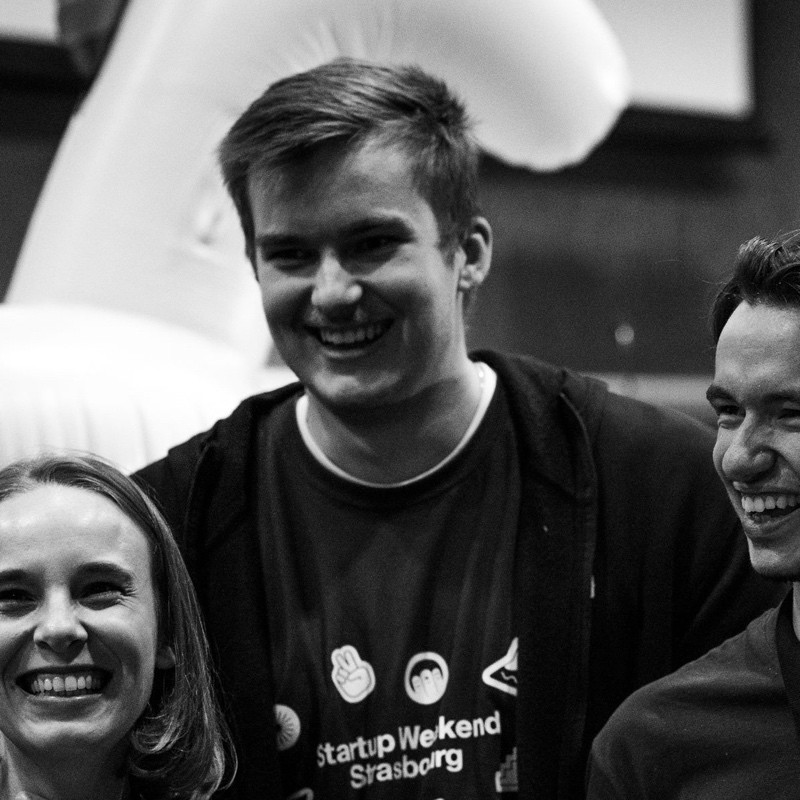Written by Pierre Schroth, Security Engineer
The recent unveiling of Google’s Willow quantum chip, boasting 105 superconducting qubits, marks a pivotal moment in the field of quantum computing. Achieving computational feats that would take classical supercomputers billions of years, Willow’s capabilities underscore quantum technology’s transformative potential — and its disruptive implications for cybersecurity.
This progress signals a future filled with possibilities for advancing scientific research, optimizing industrial processes, and solving previously unsolvable problems. However, alongside these opportunities lies a daunting challenge: the vulnerability of modern encryption standards and the increasing risks to cloud-based environments, especially those relying on prominent platforms such as AWS.

Google Willow Quantum Chip
Contents
Understanding the Quantum Threat
Modern cybersecurity primarily depends on cryptographic systems such as RSA, ECC, and AES to safeguard sensitive data. These systems rely on the premise that certain mathematical problems—such as prime factorization and discrete logarithms—are too complex for classical computers to solve efficiently.
Quantum computers, however, use algorithms like Shor’s to solve these problems exponentially faster, undermining the security of RSA and ECC encryption and leaving sensitive data vulnerable.
The implications of this quantum breakthrough are profound and far-reaching:
- Data at Risk: Sensitive information intercepted today could be stored and later decrypted using future quantum systems, a concept known as “harvest now, decrypt later.” Organizations relying on long-term data confidentiality — such as government agencies, financial institutions, and healthcare providers — face acute risks.
- Critical Infrastructure Vulnerabilities: National infrastructure systems, from power grids to emergency response networks, depend on robust encryption. A successful quantum attack could disrupt these systems, leading to widespread societal consequences.
- Cloud Platforms as Prime Targets: With cloud service providers like AWS acting as centralized repositories for vast amounts of data, these environments are especially attractive to attackers equipped with quantum capabilities. Breaches in these ecosystems could expose proprietary business information, personal data, and other sensitive resources.
Unique Challenges for Cloud Security
Cloud environments face distinct challenges in a quantum-powered world. Providers like AWS employ sophisticated encryption techniques for data at rest, in transit, and during computation. Yet, quantum advancements threaten to compromise these safeguards:
- Key Management Systems (KMS): AWS’s KMS, which relies on public-key cryptography for secure communication and key distribution, could be rendered vulnerable by quantum systems capable of breaking asymmetric encryption methods.
- Shared Responsibility Model: The division of security responsibilities between cloud providers and customers complicates the adoption of quantum-safe practices. Organizations must ensure that their own configurations and applications remain secure in addition to relying on their provider’s measures.
- Multi-Cloud Environments: As organizations increasingly adopt multi-cloud strategies, the attack surface expands. Coordinating quantum-resilient measures across diverse platforms and systems becomes a complex and resource-intensive task.
AWS and Quantum-Safe Initiatives
Recognizing the quantum threat, AWS and other cloud providers have launched initiatives to prepare for the quantum era. Key strategies include:
- Quantum Research and Development: AWS’s Quantum Solutions Lab and Braket service enable businesses to explore quantum algorithms and applications. These tools also help organizations understand potential quantum threats and prepare for the shift to quantum-resistant technologies.
- Implementation of Quantum-Safe Algorithms: The National Institute of Standards and Technology (NIST) has been working to standardize post-quantum cryptographic algorithms. AWS is expected to adopt these algorithms, integrating them into services like KMS to future-proof data security.
- Enhanced Key Management and Distribution: Technologies such as Quantum Key Distribution (QKD) and lattice-based cryptography are being explored as potential replacements for traditional encryption methods. These innovations promise to offer stronger protections against quantum attacks.

Aquila, a Quantum Processor launched by Amazon Braket
Steps Toward Quantum Readiness
Organizations and cloud providers must act now to mitigate the risks posed by quantum computing. Proactive steps include:
- Adopt Post-Quantum Cryptography (PQC): Transitioning to quantum-resistant algorithms as they are standardized is a critical first step. This ensures that encrypted data remains secure even as quantum computing capabilities grow.
- Hybrid Cryptographic Systems: Implementing hybrid systems that combine classical and quantum-safe algorithms can provide additional security layers during the transition period.
- Regular Quantum Threat Assessments: Organizations should conduct periodic assessments to identify potential vulnerabilities in their systems and address them promptly. These assessments should include evaluating cloud service providers’ readiness for quantum threats.
- Investment in R&D and Collaboration: Collaborating with quantum computing researchers and investing in ongoing research are essential for staying ahead of emerging threats. Public-private partnerships can accelerate the development and adoption of quantum-safe technologies.
- Employee Training and Awareness: Equipping IT teams and security professionals with knowledge about quantum computing and its implications is vital. Training programs can help organizations build the expertise needed to navigate the transition effectively.
Closing Thoughts
As demonstrated by the Willow chip’s extraordinary capabilities, the rise of quantum computing is inevitable. While this technology promises revolutionary advances, it also ushers in unprecedented cybersecurity challenges, particularly for cloud environments like AWS. Preparing for the quantum era requires a multifaceted approach, from adopting new cryptographic standards to fostering global collaboration on quantum-safe practices. The clock is ticking, and organizations that act now will be best positioned to thrive in this transformative era. Failure to prepare could leave critical systems and sensitive data exposed to the quantum-enabled adversaries of tomorrow.
TrackIt’s Role
At TrackIt we consistently stay up to date on advancements in quantum computing and their implications for cybersecurity. As an AWS Advanced Partner, we are well-positioned to assist organizations in navigating the evolving threat landscape by adopting quantum-safe solutions and ensuring their cloud environments remain secure.
Our team closely monitors developments in post-quantum cryptography and AWS’s quantum initiatives to provide relevant guidance and support. By helping clients assess their readiness and implement proactive measures, TrackIt ensures businesses remain resilient against emerging quantum risks.
About TrackIt
TrackIt is an international AWS cloud consulting, systems integration, and software development firm headquartered in Marina del Rey, CA.
We have built our reputation on helping media companies architect and implement cost-effective, reliable, and scalable Media & Entertainment workflows in the cloud. These include streaming and on-demand video solutions, media asset management, and archiving, incorporating the latest AI technology to build bespoke media solutions tailored to customer requirements.
Cloud-native software development is at the foundation of what we do. We specialize in Application Modernization, Containerization, Infrastructure as Code and event-driven serverless architectures by leveraging the latest AWS services. Along with our Managed Services offerings which provide 24/7 cloud infrastructure maintenance and support, we are able to provide complete solutions for the media industry.
About Pierre Schroth

Pierre Schroth is a dedicated Security Engineer at TrackIt, where he has been contributing for the past year. As an ethical hacker and passionate pentester, Pierre enjoys tackling Capture the Flag (CTF) challenges to sharpen his skills. Alongside his professional pursuits, he is continuing his studies at Epitech, demonstrating a strong commitment to lifelong learning and growth in the cybersecurity domain.

